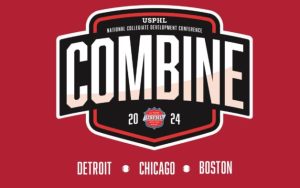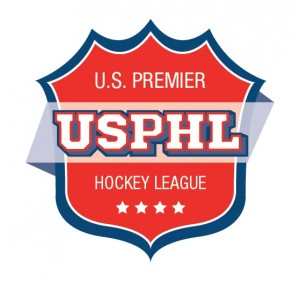Chalk Talk: Let’s sit back and discuss the performance bell curve

 Recently, during some down time at the rink, I happened upon a father I knew watching his son take a private lesson.
Recently, during some down time at the rink, I happened upon a father I knew watching his son take a private lesson.
Whenever his son missed the net or lost the puck in a drill, the father would raise his hands up or pound the table in frustration.
I approached him and asked him about what was going on. From his explanation, it was clear this parent expected his child to outperform at his maximum potential at all times. This expectation wasn’t malicious – it came from a place of love. The father wanted his son to find success in hockey, but most likely did not know how to express that desire in a more constructive, positive way. Because I am passionate about parent and player education, I proceeded to explain to this well-intentioned, but misguided parent, the concept of the mean and how it relates to athletic performance.
All parents want to see their children succeed. Every instance that a parent watches their player play below the level of performance that they are capable of has the potential to elicit strong emotion and frustration. It is important for parents and players to understand that athletic performance on a specific day or shift may have very little to do with effort. There is a plethora of factors that influence performance, among them diet, sleep, and the cumulative amount of energy they expend day to day. These can all come together to create an “off” day.
The reality is, if we charted a player’s performance over many occurrences on a histogram, the result would be a normal distribution, otherwise known as a bell curve. Performance is symmetrical about the center, which is the mean, or average performance level of the player. This means that 50 percent of the time, your player will be performing below his or her mean level of performance, and 50 percent of the time above his or her mean. Additionally, we see that 95 percent of a player’s performance occurs within two standard deviations of the mean – meaning that 2.5 percent of the time, a player will demonstrate exceptional performance, and 2.5 percent of the time, a player will exhibit very poor performance. This is normal and prevalent in all kinds of performance and population samples. The math is just as true for you or I, and most people know this instinctively.
A bad performance does not necessarily mean your player is not working hard, or not taking it seriously. Younger, less skilled and experienced athletes will show a larger standard deviation, while older, more developed athletes will exhibit a steeper bell curve due to their higher consistency and lower standard deviation in performance.
The key here for the positive-minded parent should be to help the player raise his or her average level of performance, and through repetition after repetition over a long period of time, lessens the standard deviation from the mean. Even so, it is important to understand that your player’s athletic performance will always continue to fluctuate based on his or her mental and physical skill level and capability at the time – some peaks, some valleys, some at either extreme. Be supportive and don’t let emotion overtake you – you are not responsible for your player’s athletic performance, but you are responsible for how your player grows throughout his or her time at the rink.
How you approach a bad day on their performance bell curve and how you help your child approach it will lead to character traits that will last a lifetime. While it is true some athletes do respond to pressure, most of the time, unrealistic pressure by a parent will impair their player’s game in some manner, or worse yet, lead to diminished interest in the sport.
Keep a focused eye on long-term development and prioritize the goal of raising your player’s average performance. Having fun, improving confidence, and being better, more often is the goal.
Dimitri Voulelikas is a coach for the LA Jr. Kings and a regional scout for the Almaguin Spartans, Temiscaming Titans and West Nipissing Lynx of the Greater Metro Hockey League.









